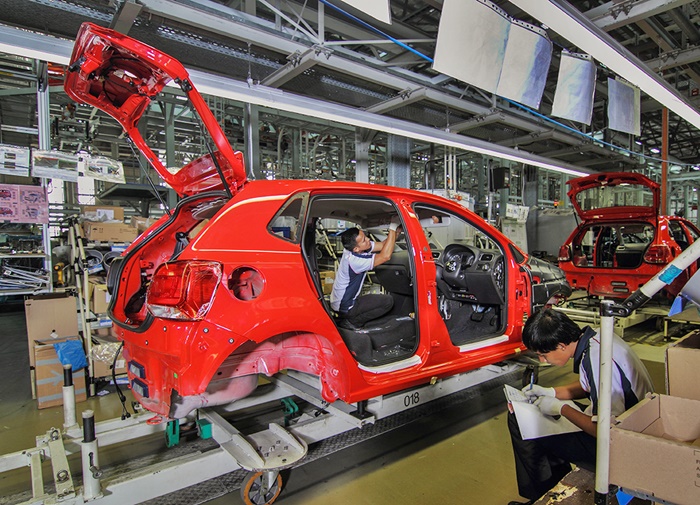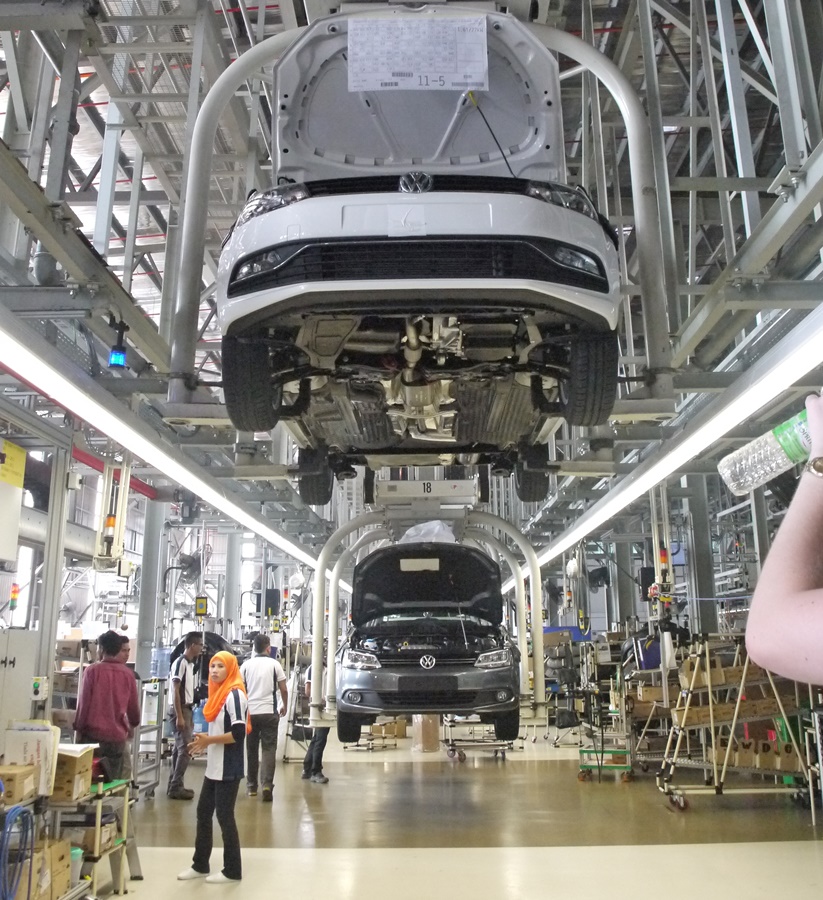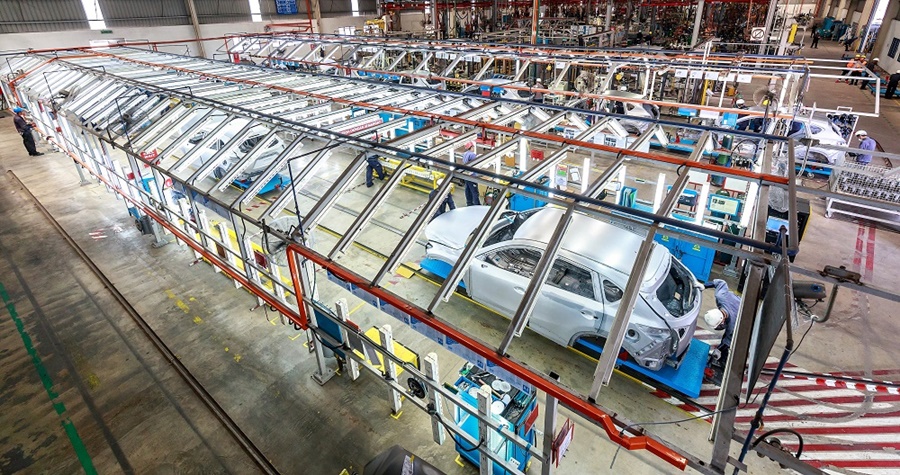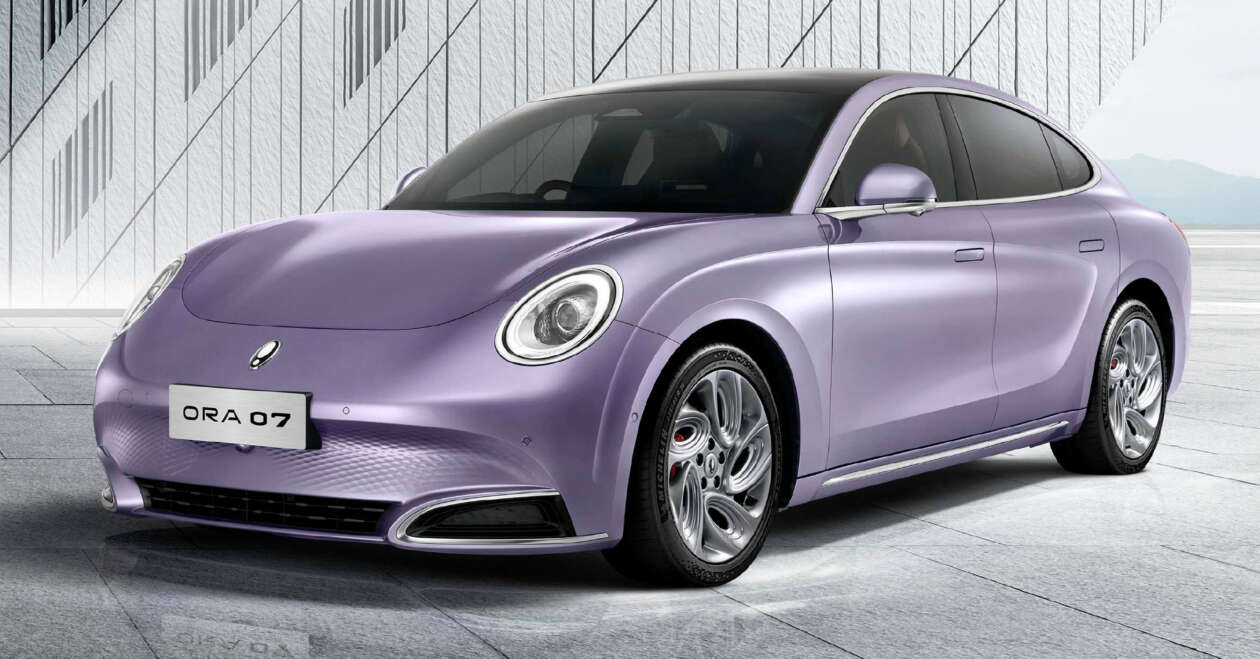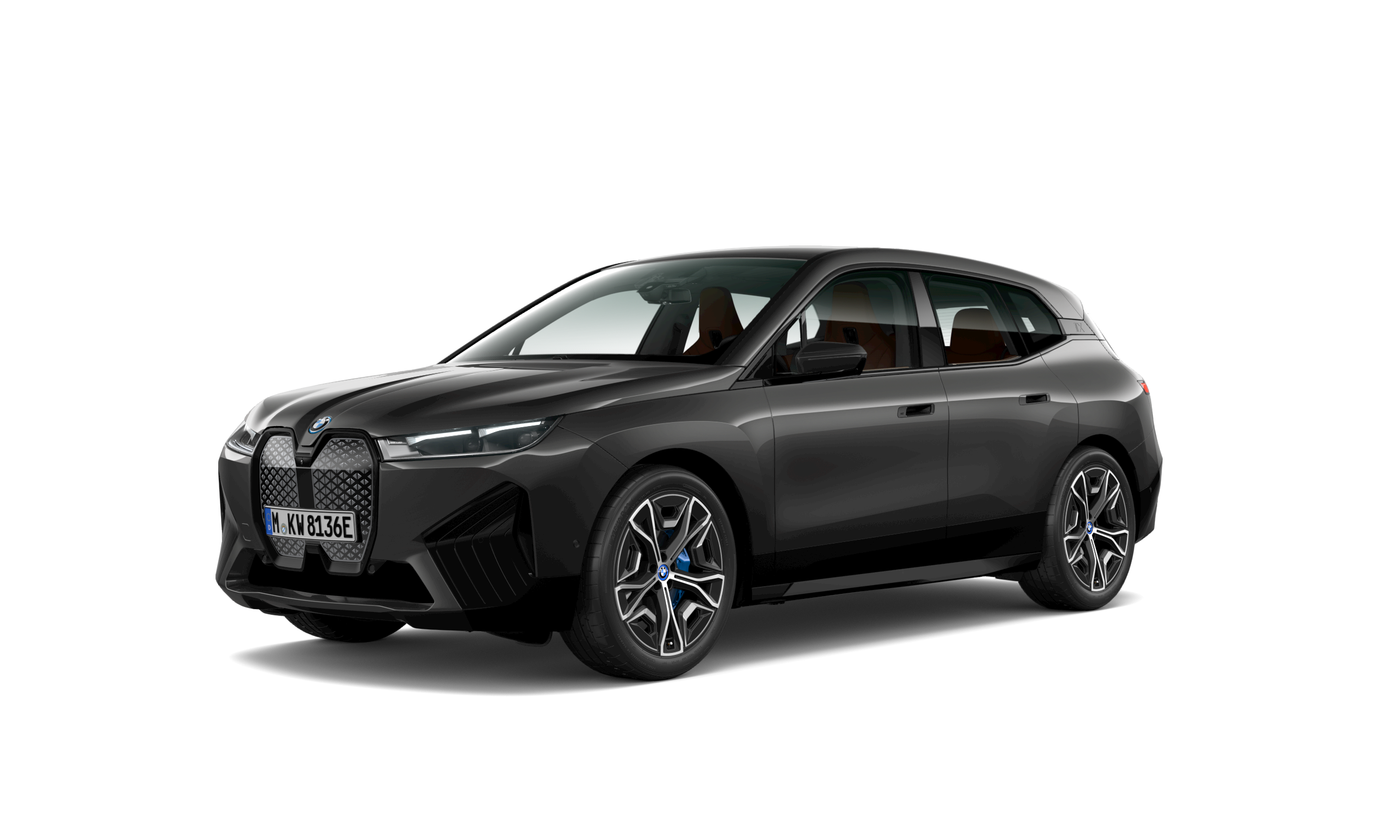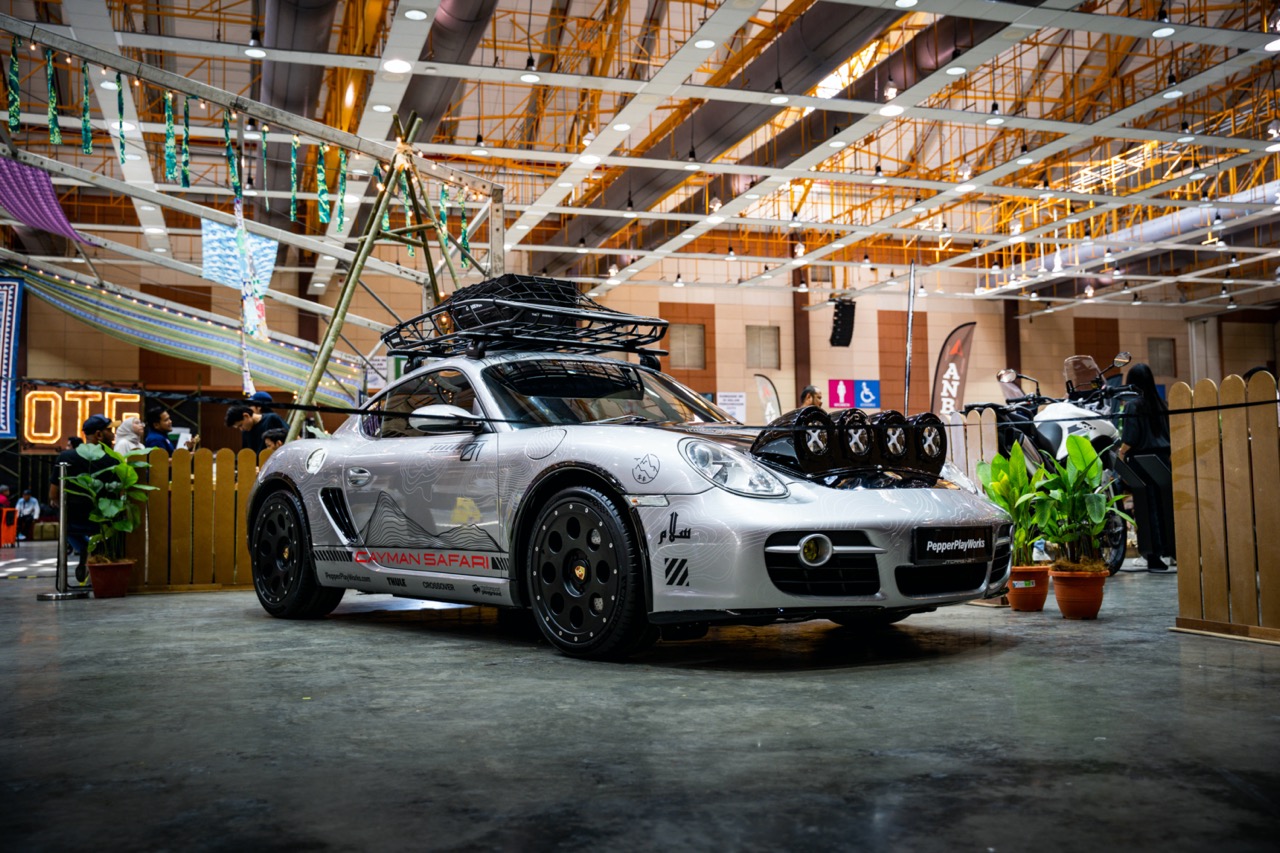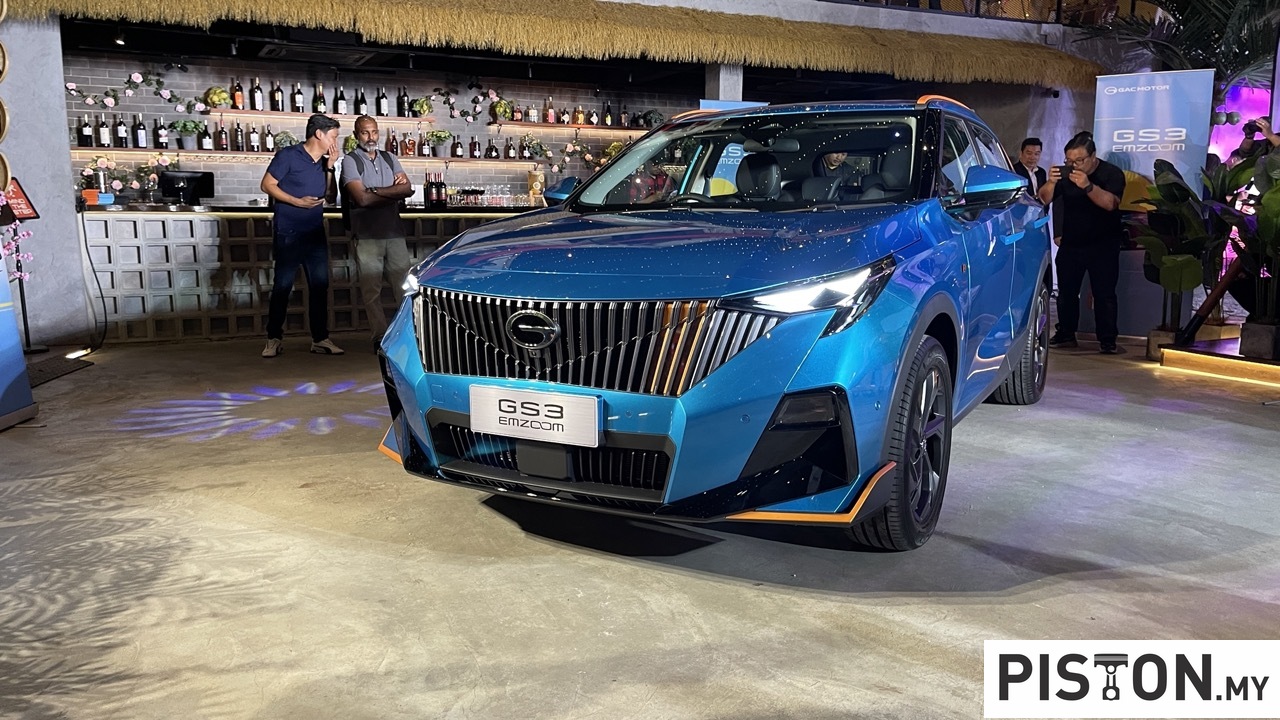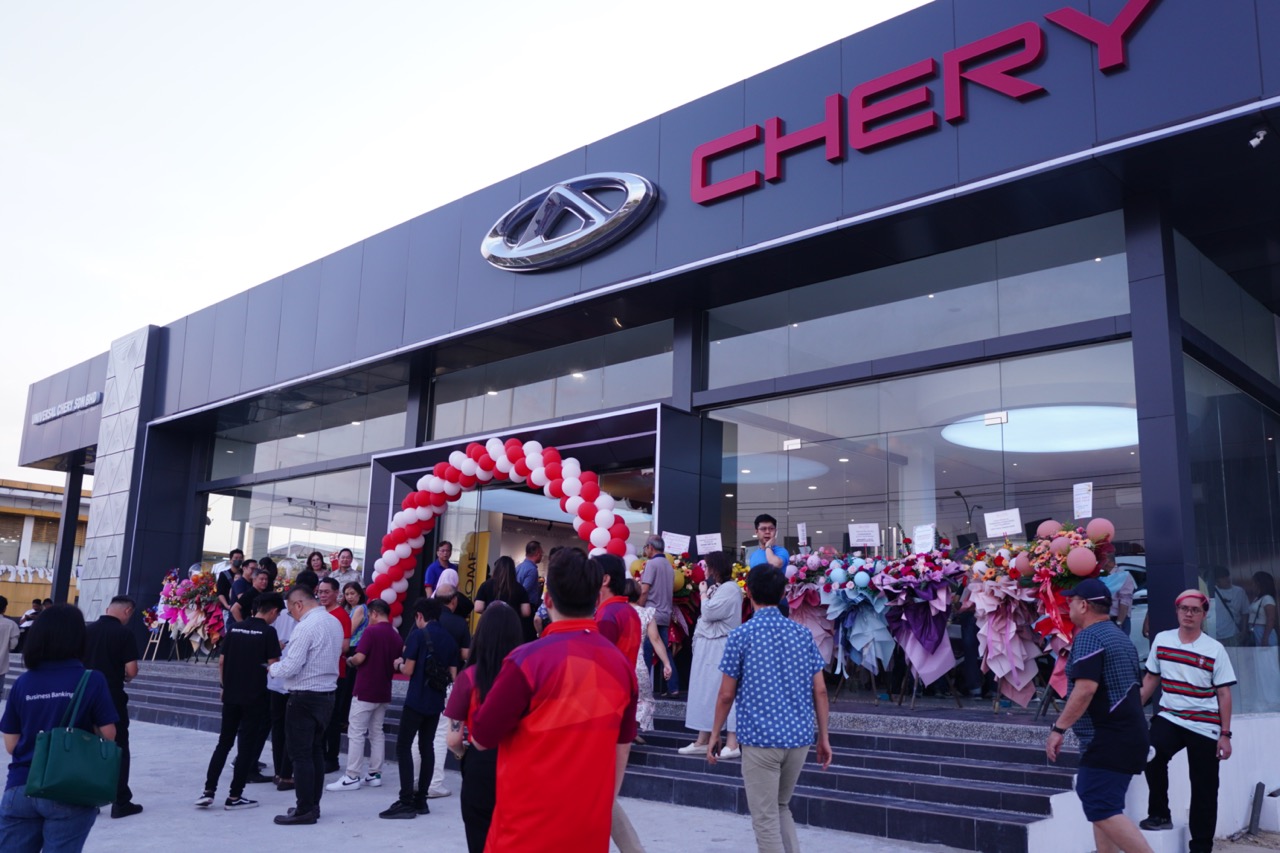‘CKD’ is something which car-buyers may read about and some may wonder what it means. The initials stand for ‘Complete Knocked Down’ and refer to the way a vehicle is shipped to Malaysia. If it comes in a completed form, ready to be driven, then it is referred to as ‘Completely Built Up’ or ‘CBU’. If it comes in a disassembled form with many parts in boxes, and the parts are then assembled to form the vehicle, then it is a CKD model.
The concept of CKD began many decades ago when manufacturers wanted to be able to produce more vehicles for a market. Sometimes shipping vehicles in CBU form was not practical or feasible, or restrictive regulations made it difficult to sell CBU models. So vehicles were sent in parts in a box – like a Tamiya model – which could then be assembled in another country. The investment was lower than to build a factory and governments also liked it because there would be employment and transfer of technology.

Assembly in Malaysia started in 1960s
In fact, in the mid-1960s, the Malaysian government decided to encourage the assembly of vehicles locally as a means to industrialize and also create more jobs, as well as benefit from transfer of technology. While it would have wished that factories could be built, the market size was too small, so the first step was an assembly plant and as an incentive, the tax rates for models assembled in Malaysia would be lower than for CBU models.
A number of manufacturers responded positively, especially as Malaysia then was a very good place for a carmaker to carry out such activities. It was developing rapidly, had a stable economy and society and the workforce was also well educated. Additionally, more vehicles can be sent in CKD than CBU form.
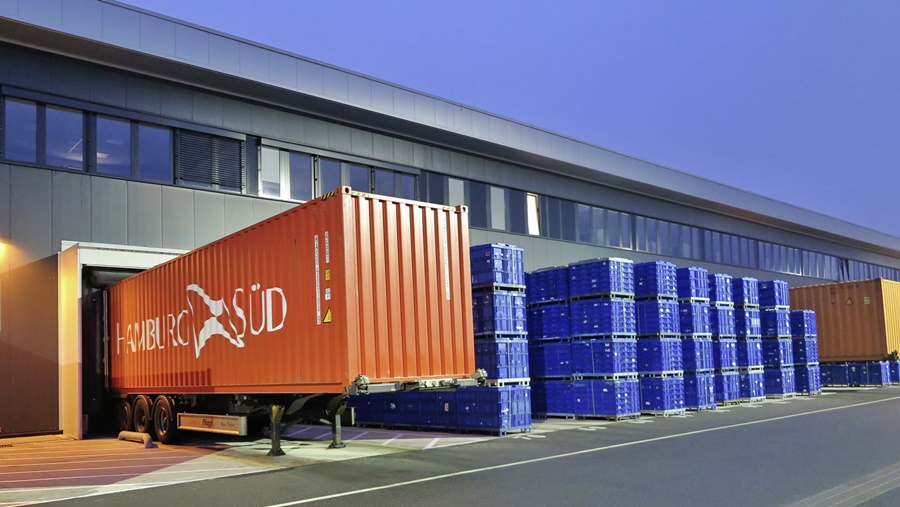
The first assembly plants were opened in the second half of the 1960s, mostly situated in Shah Alam. Selangor. Carmakers in Europe, Japan and Australia began sending over CKD packs for their models to be assembled locally. To encourage the development of a local auto industry, the government also specified a list of parts which should be sourced locally. These were things like paint, windscreen glass, tyres, batteries and wire harnesses.
Volkswagen was one of the early carmakers to assemble its cars in Malaysia, starting with the Beetle. In fact, the German company had been exporting the Beetle in CKD form since 1950. In Malaysia, the packs which arrived in Port Klang were sent to the Assembly Services plant in Shah Alam. This plant was huge in its early days and assembled a variety of models from different brands as well as large commercial vehicles. With a CKD operation in place, Malaysia was added to Volkswagen global production network.

How the process works
The CKD process is slightly different from the CBU one which is pretty much just ordering whole vehicles with the required specifications. With CKD, thousands of parts must be collected and in the case of Volkswagen, the coordination is done at Wolfsburg, its home city in Germany. Orders received from all over the world are processed centrally in Wolfsburg and a supply management team ensures that the parts required are available from the different European plants and suppliers.
The source for the type of item will be different; body panels and engines, for example, may come from Volkswagen’s own factories but parts like instrument panels and seats might be from suppliers. The parts used to be packed in the boxes manually, but high-tech systems are now used. The parts are bundled and packaged at one of the 8 distribution centres, loaded into containers and shipped by sea, rail or air to the different countries.
These 8 centres handle a total of about 1.7 million cubic metres of goods every year, corresponding to about 25,000 overseas containers. From the receipt of an order, it takes about 8 weeks before the CKD packs for a vehicle is delivered in the destination country. All in all, about 90 different vehicle projects of overseas plants are supplied via CKD from Europe.
Today, Volkswagen has 27 assembly locations in 10 countries. The largest CKD assembly plant is located in South Africa and it not only serves that market but some of its output is also exported to other countries. So it is also a production hub for certain models.
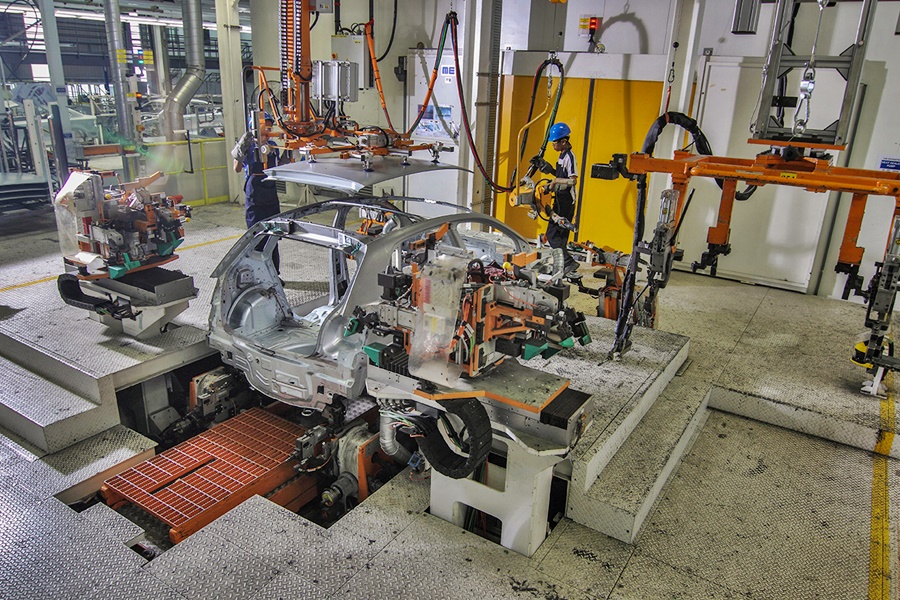
Quality assured even with local assembly
There are also plants located in the USA, China, Brazil, Argentina, India, Malaysia and Indonesia. In some cases, the assembly may be carried out by a local business partner. In Malaysia, Volkswagen works with HICOM Automotive Manufacturers which has a manufacturing complex in Pekan, Pahang. Of course, quality is assured as Volkswagen personnel are also present to assist and conduct inspections on every vehicle.
“We used to need only one or two faxes per week for coordination with the overseas plants. Nowadays, we work with our production plants on a real-time basis and manage about 9,000 part numbers for worldwide shipment. The tasks of our employees have changed fundamentally – they are no longer simply box-packers but are now logistics data experts,” noted Burkhard Husken, Head of CKD of the Volkswagen Passenger Cars brand.
Click here to know more about Volkswagen models available in Malaysia.


